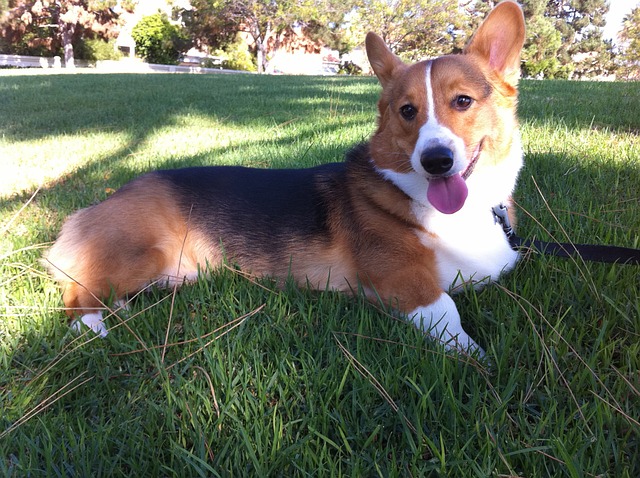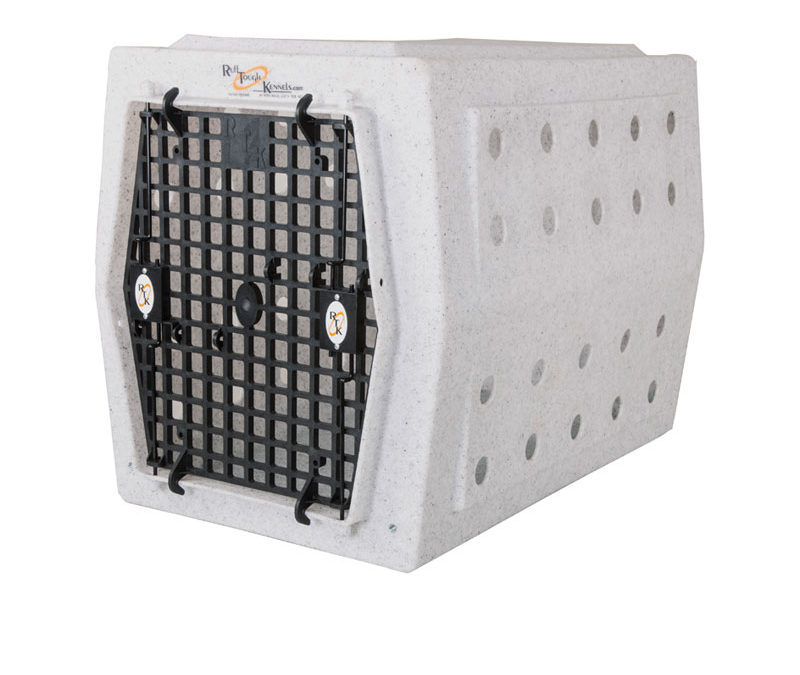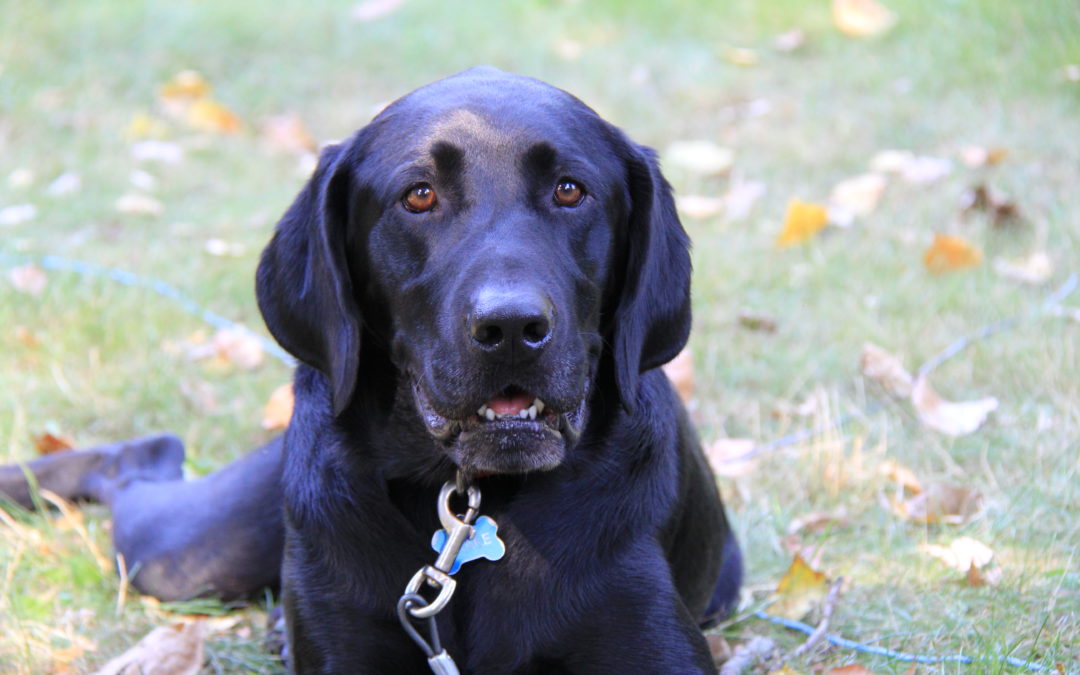
Guide to Boarding Your Dog
The first time you board your dog can be stressful. How do you choose the right kennel? What should you know before you drop off your dog? Will your pet forget you? The answers to these questions – and more – will be discussed below.
Why Choose a Boarding Kennel?
Dog owners have numerous options when it comes to providing care for their pets during vacations or business trips. Common options include pet sitters, leaving your dog with neighbors, and boarding kennels. The benefits of a boarding kennel include:
- No strangers in your home
- No inconveniencing your neighbors
- Leaving your dog in the care of trained professionals
- Dedicated care to your dog’s special needs
- 24 hour staffing
- Emergency protocols in place
Choosing a Kennel
There are a number of considerations that must be made when choosing a boarding kennel for your pet.
First, you must find a trusted establishment. A great way to start is by asking friends, family, or trusted canine professionals for recommendations. Look online for reviews or ratings, as well.
Next, tour the facility. If possible, bring your dog so that you can see how he or she interacts with the staff. While exploring the kennel, keep the following components in mind: sanitation, safety, and supervision. Each dog’s sleeping areas should be clean and tidy, and there should be adequate ventilation such that no dog or cleaning odors are noticeable. Dog areas should be free of urine and feces, with every attempt made to clean up after messes are made.
Safety should be a top priority for the kennel staff. Ask how emergencies are handled, including illness, injury, and natural disasters. During your tour, look for signs that verify the safety of the facility. Fences should be at least 6’ tall, dividers should be placed between kennels, and dogs should be supervised when outside of their enclosures at all times.
Finally, meet with the staff and ask questions. Are personnel trained in First Aid and CPR? What is their experience with animals? Do you feel comfortable leaving your pet with these people? Ultimately, trust your gut when making these decisions.
Preparing for your Trip
Make sure your dog will be up to date on the necessary vaccinations at least one week before your pet is scheduled to be boarded. In addition, consider a flea and tick preventative if your pet is not currently using one as an additional safety precaution.
If your dog has never been boarded before, or if the kennel you have chosen is new to your pet, consider boarding your pet for a short overnight stay before you leave for your trip. This will help your dog acclimate to the new environment. When you drop off your pet, leave an item from home, such as a favorite toy or blanket. Avoid lengthy goodbyes that could make your dog feel anxious. Don’t forget to leave emergency contact information in case the boarding kennel needs to reach you.
Common Owner Anxieties
When you board your dog – particularly for the first time – it can be hard not to worry about your pet’s well-being. It is important to remember that your dog is being cared for by professional pet lovers who are dedicated to putting the needs of your dog first. To set your mind at ease you can call the kennel once every 2 – 3 days to check in on your dog.
Another common anxiety that dog owners have is that their pet will not remember them, or will feel abandoned. If you are concerned that your pet will worry that you have left for good (a particular concern for dogs who were adopted from a shelter), leave an item with your scent such as a t-shirt or pillowcase. Rest assured that your dog will not forget you, even if you are gone for an extended period of time. Numerous studies have shown that dogs are able to remember their owners, even after years of not seeing one another. When you return from your trip and your dog greets you with hyperactive wiggles, your fears will instantly subside.
We use and recommend Purina Pro Plan

How and Why to Crate Train Your Dog
Dog crates are an important – and necessary – piece of dog training equipment. Here, the benefits of using a crate, as well as tips for utilizing this tool, will be discussed.
Why Use a Crate?
There are many reasons to use a crate. First and foremost, dogs are den animals that feel safest in small, confined areas. A crate provides a safe place for your pet to relax and retreat when life becomes chaotic. Additionally, crates are the safest place for your pet during travel, particularly during long car rides or trips on an airplane. In the house, crates provide an area to keep your pet safe while you are away, and to prevent destruction to furniture and upholstery. Finally, a crate is the easiest way to potty train a dog or puppy.
There are numerous times when a crate should not be used. These include as a form of punishment, or as long term “storage” in place of appropriate exercise and training.
Choosing a Crate
Crates can be manufactured from a variety of materials. The most common crates are made from wire, and this option provides the greatest amount of visibility and ventilation. Plastic, hard-sided crates are commonly used for travel and are more den-like than wire crates. Soft-sided crates are great for dogs that need a quiet place to sleep and are not prone to trying to chew their way out. For hunters or people who transport their dogs frequently, aluminum crates or Ruff Tough Kennels provide superior protection.
The size of your dog’s crate is an important consideration. Many first-time pet owners assume that the largest size crate as possible is best. However, when it comes to their den instincts, dogs prefer to relax in small, enclosed spaces. If your dog is ever put on bed-rest, a smaller crate will be necessary, as opposed to one that your pet can move around in. Finally, when it comes to potty training in a crate, small is best. Otherwise, your dog may learn to eliminate in one corner of the crate, and sleep on the clean side.
Therefore, the crate that you choose should be just large enough for your dog to comfortably stand up and turn around. If you are training a puppy that is expected to keep growing, look for a crate with a divider that allows you to expand the usable area as your pet grows.
Teaching Your Dog To Enjoy the Crate
The key to training your dog to use a crate is to associate the area with positivity. Make the crate as comfortable as possible by adding a soft crate mat or chew-proof bed. You can also include an interactive toy in the crate, such as a KONG or other indestructible item.
You should start slowly when crate training your dog, and not simply place your pet in the crate and walk away. The crate adjustment process can take a few days, but having patience is well worth it.
Begin by leaving the door to the crate open and providing praise when your dog is in the vicinity of the open door. Next, toss treats into the crate and provide profuse praise when your pet walks into the crate to retrieve them. You can also toss toys into the crate for your pet to fetch. Again, positive associations are key. As your dog becomes more comfortable with the kennel, begin feeding meals inside the crate. Gradually begin closing the door to the crate while your dog is inside, and leaving him or her there for increasing amounts of time. Once your dog has shown that he or she is comfortable with crated meal times, begin placing your pet in the crate for short durations throughout the day, again providing plenty of praise as you do so.
Some dogs will protest the crate at first. For these animals, it is important that you never let them out of the crate if they are whining or crying, as they will continue this behavior since it has been reinforced. Always wait for the dog to quiet down before opening the crate door.
When you leave your dog in the crate for extended periods of time, it can be helpful to provide a boredom busting toy or treat, such as a peanut butter filled KONG or a puzzle game. This type of reinforcement can also help your pet view the crate as something to look forward to being in, and not a reminder that you are gone.
Potty Training Your Dog with a Crate
Once your dog has been properly acclimated to the crate, you can use this tool for potty training. The crate works well for this purpose because dogs instinctively will not potty where they eat and sleep.
Whenever you are unable to keep an eye on your dog or puppy, he or she should be in the crate. It is important to note that your dog’s bladder capacity should be kept in mind, and it is unfair to expect your pet to be able to hold it for long periods of time. As a general rule of thumb, a puppy can hold his or her bladder and bowels for as many hours as it is months old. For instance, a 3 month old puppy needs to be let out at least every three hours.
The key to dog training is consistency. While you are in the house you should look for signs that your pet is going to eliminate and then immediately move your dog outside and praise him or her for pottying outdoors. However, if you will be unable to keep close watch on your dog while you are cooking or cleaning, for instance, your pet should be crated.
After an hour of being in the crate, take your puppy outside (preferably to the same area each time), give the “go potty” command, and wait until your dog eliminates. Afterwards, provide praise and a treat. If your dog does not potty, return him or her to crate without providing praise, and repeat the process in 20 – 30 minutes.
After your dog successfully potties outdoors, repeat the supervision or crating process. Consistently using the crate to keep your dog from having accidents indoors will speed up the potty training process and reduce the number of accidents in your home.

Dog Boarding for the First Time
Are you boarding your dog for the first time and unsure of what to expect? With these six tips you can have a worry-free vacation while your dog is happy, healthy, and comfortable at your favorite kennel.
Call Ahead
A week before your departure confirm with the kennel the days and times you will be dropping off and picking up your dog. If there is any change in your plans be sure to call ahead and let them know. Always be respectful of the kennel workers when making arrangements to drop off and pick up your pet and never expect to arrive outside of regular business hours.
Make Your Dog Feel at Home
Most boarding facilities will allow you to bring comforts from home for your pet, such as a favorite blanket, dog bed, or toys. If your dog is prone to destruction when he or she is bored it might be best to avoid bringing a bed; however, familiar items can also help ease stress. If you are worried your pet might have separation anxiety in your absence, consider leaving a t-shirt or blanket with your scent.
Pack Your Dog’s Food, Treats, and Meds
Dogs thrive on routine so it is important to make sure as few things change as possible. Provide enough food for your dog’s entire stay, plus a couple additional portions just in case your travel is delayed. You can ensure your dog has enough food by pre-portioning his or her meals into individual baggies. You can also provide a small bag of your dog’s favorite treats. If your pet requires medication, include detailed instructions for your dog’s care, making sure to list even the details that might seem obvious.
Keep Goodbyes Short and Sweet
You might feel sad saying goodbye, especially the first time your dog is being boarded. However, a tearful goodbye could cause stress and anxiety for your pet, so it is best to treat your departure as if it is nothing out of the ordinary.
Provide Emergency Contact Information
Double check the phone number the kennel has on file in case of emergency. If you will be unreachable during your vacation provide the name and number for someone you trust who is able to make medical decisions for your pet.
Don’t Worry
Finally, do not worry about your pet while you are away. Remember that your dog is being cared for by a team of dedicated animal lovers who will put the needs of your pet first. Enjoy your vacation and don’t be surprised if your dog is tired when you return after a weekend full of fun!
Click for more information on Boarding Your Dog at Bull Valley Retrievers.




Recent Comments